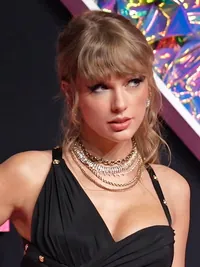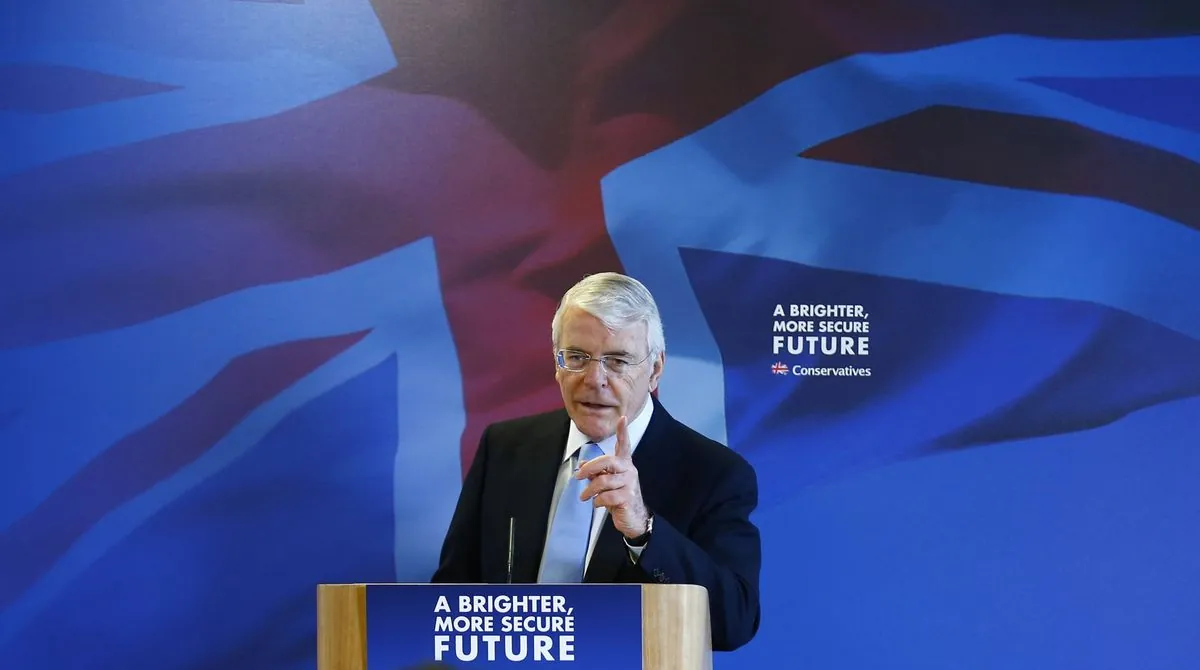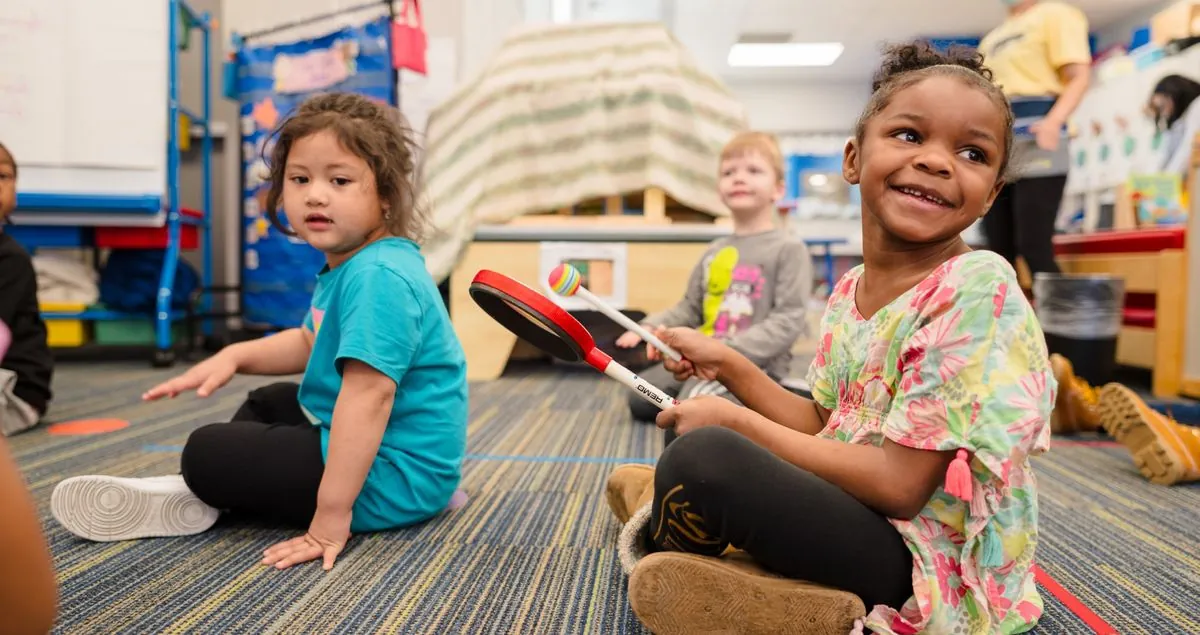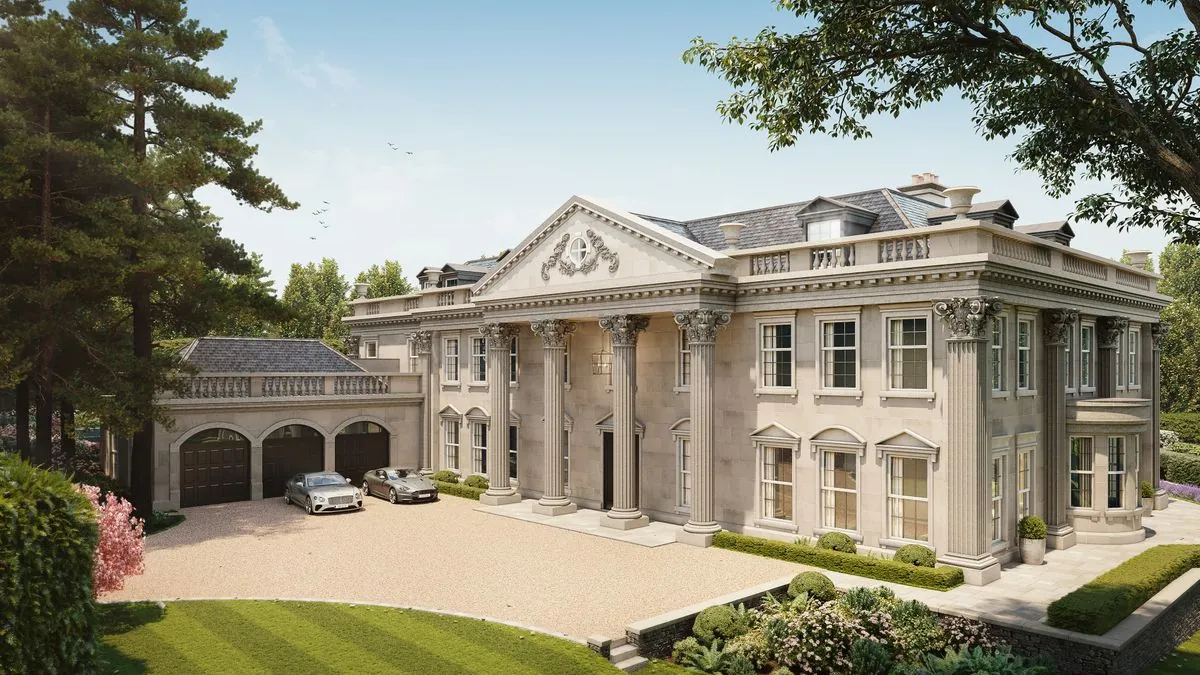Pre-Raphaelite Art Meets Scent in Groundbreaking Birmingham Exhibition
A new exhibition at Birmingham's Barber Institute combines Pre-Raphaelite masterpieces with carefully curated scents, exploring the powerful connection between art and olfaction. This innovative approach aims to enhance viewer experience and evoke deeper emotional responses.
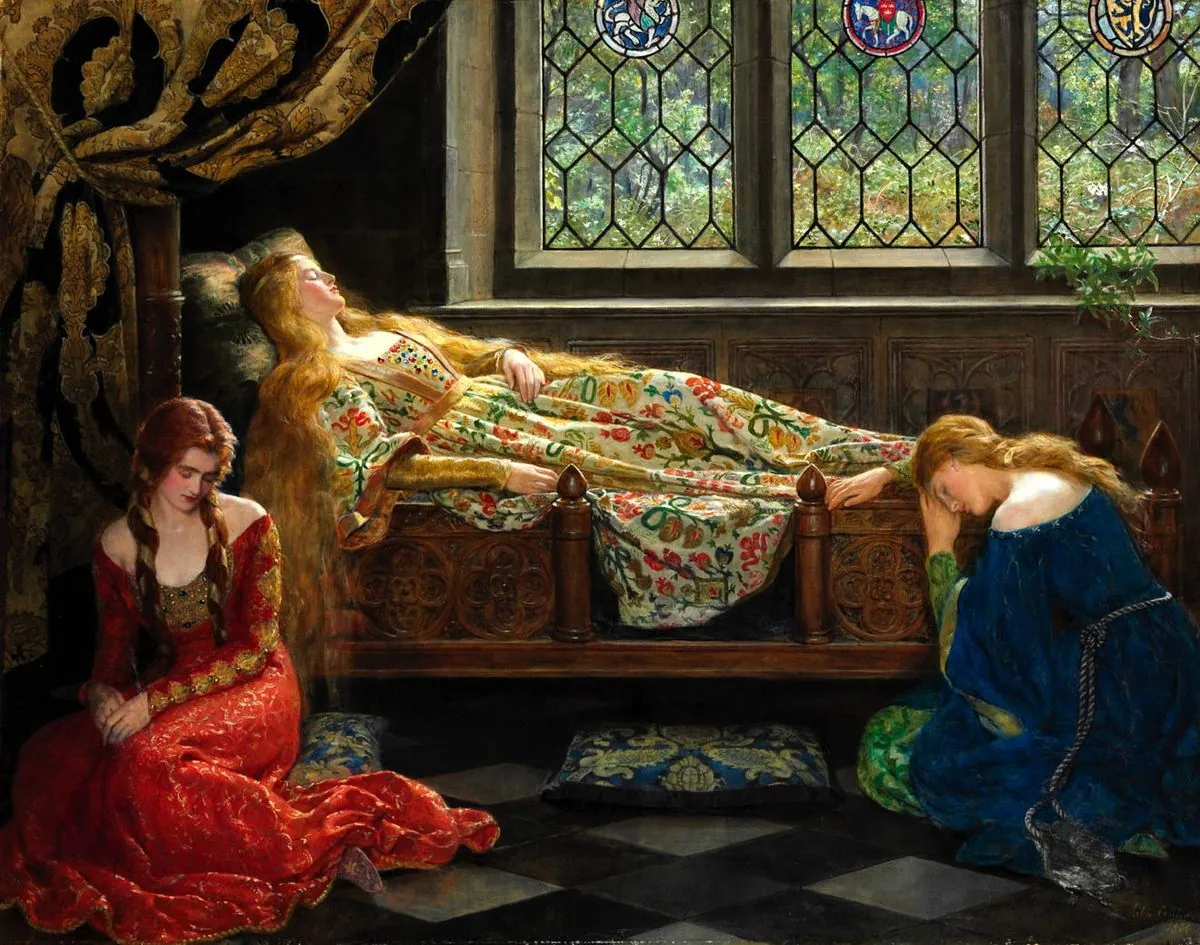
The power of scent to evoke profound emotions and resurrect long-forgotten memories is a phenomenon that continues to captivate artists and scientists alike. This autumn, the Barber Institute of Fine Arts in Birmingham is set to explore this fascinating connection with its exhibition 'Scent and the Art of the Pre-Raphaelites', opening on October 16, 2024.
This innovative showcase will feature works by renowned Pre-Raphaelite artists such as Sir John Everett Millais, Dante Gabriel Rossetti, and John William Waterhouse, accompanied by a carefully curated palette of scents. Visitors will have the option to enhance their visual experience by activating nearby diffusers, releasing fragrances that complement the artwork.
The exhibition, curated by Dr. Christina Bradstreet, author of "Smells in Art, 1850-1914," promises a unique sensory journey. One notable example is Millais's "The Blind Girl," which will be paired with the scents of grass, damp earth, and wool, mirroring the painting's depiction of a young blind woman sitting on a grassy bank with her sister.

This Birmingham exhibition is part of a growing trend in the art world to incorporate multisensory elements. In 2022, the Prado Museum in Madrid presented 'The Essence of a Painting,' featuring a work by Jan Breughel and Peter Paul Rubens accompanied by ten distinct fragrances. The Maritshuis in The Hague took a bolder approach in 2020 with 'Fleeting – Scents in Colour,' exploring the olfactory landscape of 17th-century art, including less pleasant odors like canal stench.
The integration of scent into artistic experiences extends beyond visual art. In the mid-2000s, haute cuisine embraced aromatic accompaniments, a practice with roots in Italian Futurism. Cinema has also attempted to incorporate smell, from Walt Disney's consideration for "Fantasia" (1940) to various mid-20th century technologies like Smell-O-Vision. However, these cinematic efforts largely failed to gain traction.
Interestingly, literature has proven to be a powerful medium for evoking scents, despite relying solely on words. From Marcel Proust's evocative descriptions to Aldous Huxley's imagined "scent organ" in "Brave New World," literary works have successfully captured the essence of smell and its emotional impact.
"Smells are surer than sounds or sights/To make your heart-strings crack"
As technology advances, the future may hold new possibilities for incorporating scent into our daily lives and artistic experiences. While past attempts like the 2014 o-phone experiment were unsuccessful, ongoing research and innovation may soon allow us to share nostalgic or emotionally charged scents with others.
The human nose can detect over 1 trillion different odors, and about 80% of what we taste comes from smell. This powerful sense is closely linked to our emotions and memories, with the olfactory bulb being part of the limbic system. The loss of smell, known as anosmia, can significantly impact quality of life and is associated with depression and anxiety.
As we continue to explore the intersection of art and scent, exhibitions like 'Scent and the Art of the Pre-Raphaelites' offer a unique opportunity to engage with masterpieces on a deeper, more visceral level. By combining visual and olfactory stimuli, these experiences have the potential to create lasting impressions and forge new connections between art and emotion.













